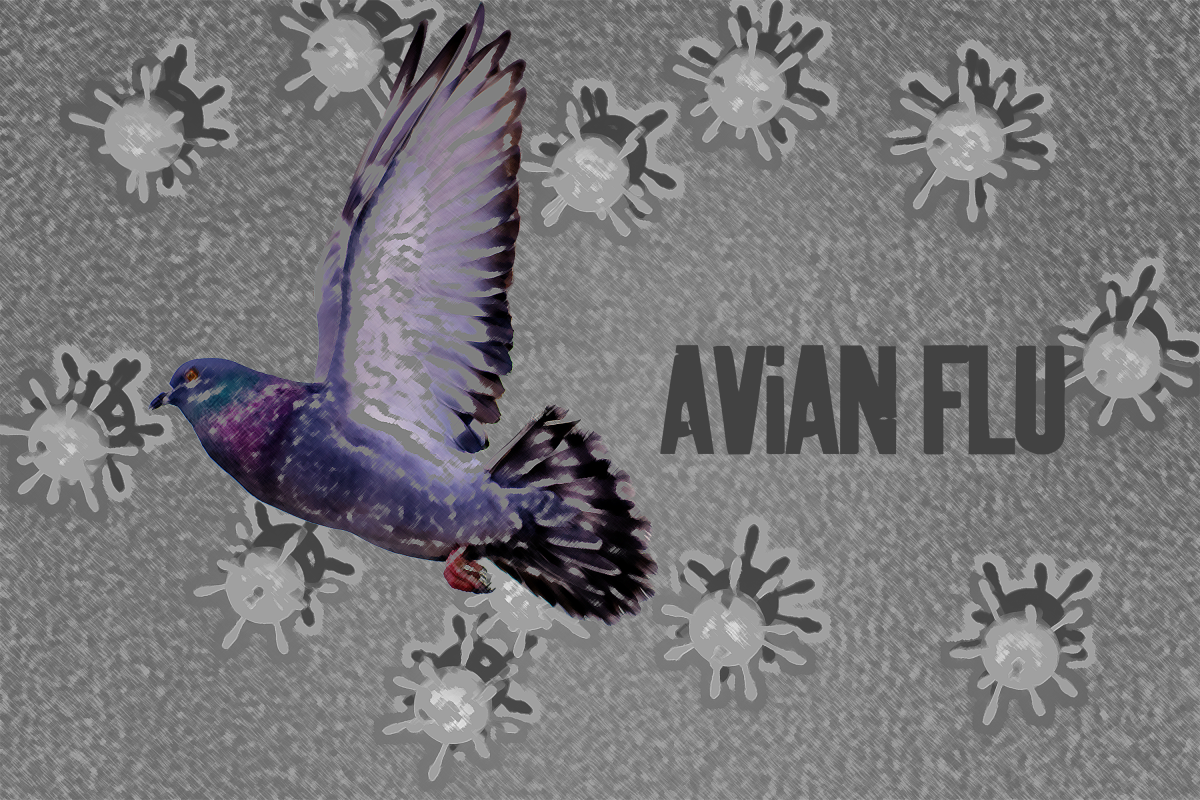Every weekday, the alarm clock buzzes at 5:50 a.m. announcing another day for a Corps of Cadets member.
Cadets roll out of bed and “fall out” for their 6 a.m. physical training, which usually consists of running and upper body workouts. They know the daily routine like the back of their hand.
As stated on the Sullivan Ross statue, the Corps of Cadets strives to teach its members how to be “a soldier, a statesman and a knightly gentleman.”
Although some students may not understand the traditions of the Corps, most respect the members who represent Texas A&M.
Freshman E.J. Deshotel, a general studies major in Company C-2, said he wanted to participate in the tradition that originated with the beginnings of the University.
“Joining the Corps looked like a challenge, but I wanted to be a part of one of the great traditions that A&M is known for,” Deshotel said. “I knew I was going to be fine as soon as I arrived to campus, and since then, I’ve learned how to be a part of a team by working as a group with my buddies. We have had fun working together, learning all of the fundamentals that will help later on in life.”
The traditions of the Corps are there for a reason. One of the purposes is to help build leadership qualities and teach students how to be knowledgeable for what they may pursue later in life.
The Corps not only teaches responsibility and time management skills, but also helps its members adjust to campus life. Just as a non-cadet student needs to find his or her niche, the cadets find one within their units.
Divided into outfits or companies, the Corp represents different elements vital to the military tradition. When a student applies to be a Corps member, they are placed in an outfit that is right for them.
During the course of four years, the members of the outfits build strong relationships with their fellow cadets. Although they may belong to different companies, all Corps members face similar challenges that often result in lifelong friendships.
Each year, a Corps member takes a different role in the outfit. Freshman year is considered the year of learning everything about the Corps of Cadets’ foundation and its roots at A&M.
Freshmen also follow behind the sophomores’ footsteps, which is why sophomores are described as the teachers. They train the freshman but continue to learn from the upperclassmen.
Patrick Mireur, sophomore journalism major in Company B-1, enjoys the responsibilities of being a sophomore as compared to his previous year as a freshman.
“Having the status as a sophomore is much more respectable than freshman status,” Mireur said. “I like having more leeway and more responsibility. Every move I make, I have to remember that I am leading by example. Everything I do is mimicked, which is why I feel more in control.”
Juniors and seniors learn leadership skills by setting examples for the sophomores on how to be leaders when they get older.
The rest of the day for a Corps of Cadets member is basic. After fallout, at approximately 6:40 a.m., morning formation occurs. All of the members form at the Quadrangle to salute the colors and take accountability of each outfit. Afterward, they march to Duncan Dining Center and eat together. Breakfast is the Cadets’ most important meal of the day because announcements and the daily prayer are said.
Mornings at 7:15 a.m. is when training for freshmen begins. The Cadets meet in their respective dorms and teach them how to be better Corps members.
Between 8 a.m. and 4 p.m. is designated “academic day.” During these hours, members are must attend class to become better students.
After academic day, there is more training time for freshman, and this is usually when upperclassmen inspect their rooms and correct the underclassmen’s mistakes.
Evening formation is at 5:40 p.m., and is the same as morning formation. 7 to 10 p.m. is call to quarters (CQ). Designated study time for freshmen and sophomores helps to build a strong grade-point ratio. This is monitored heavily by a JCQ, who is an appointed upperclassman that goes room to room enforcing the importance of studying.
Freshmen need to rest for each day, so lights out is 10:30 p.m. Most cadet upperclassmen usually are found asleep not long after the freshmen.
Rafael Orduna, a senior theater arts major in Company C-2, said he would not trade anything for the experience he has gained the past four years.
“Being a senior in the Corps of Cadets brings on the most responsibility I have ever had,” Orduna said. “I have the privilege higher than any other because I am responsible for the image of myself as well as the image my outfit portrays to the rest of the Corps and the student body.”
What it’s like
September 23, 2001
0
Donate to The Battalion
$810
$3500
Contributed
Our Goal
Your donation will support the student journalists of Texas A&M University - College Station. Your contribution will allow us to purchase equipment and cover our annual website hosting costs, in addition to paying freelance staffers for their work, travel costs for coverage and more!
More to Discover









